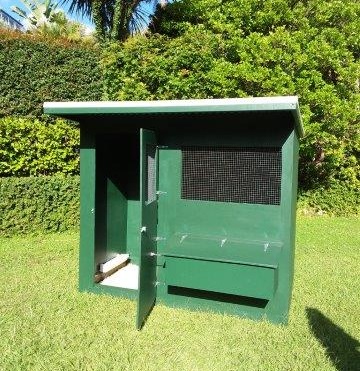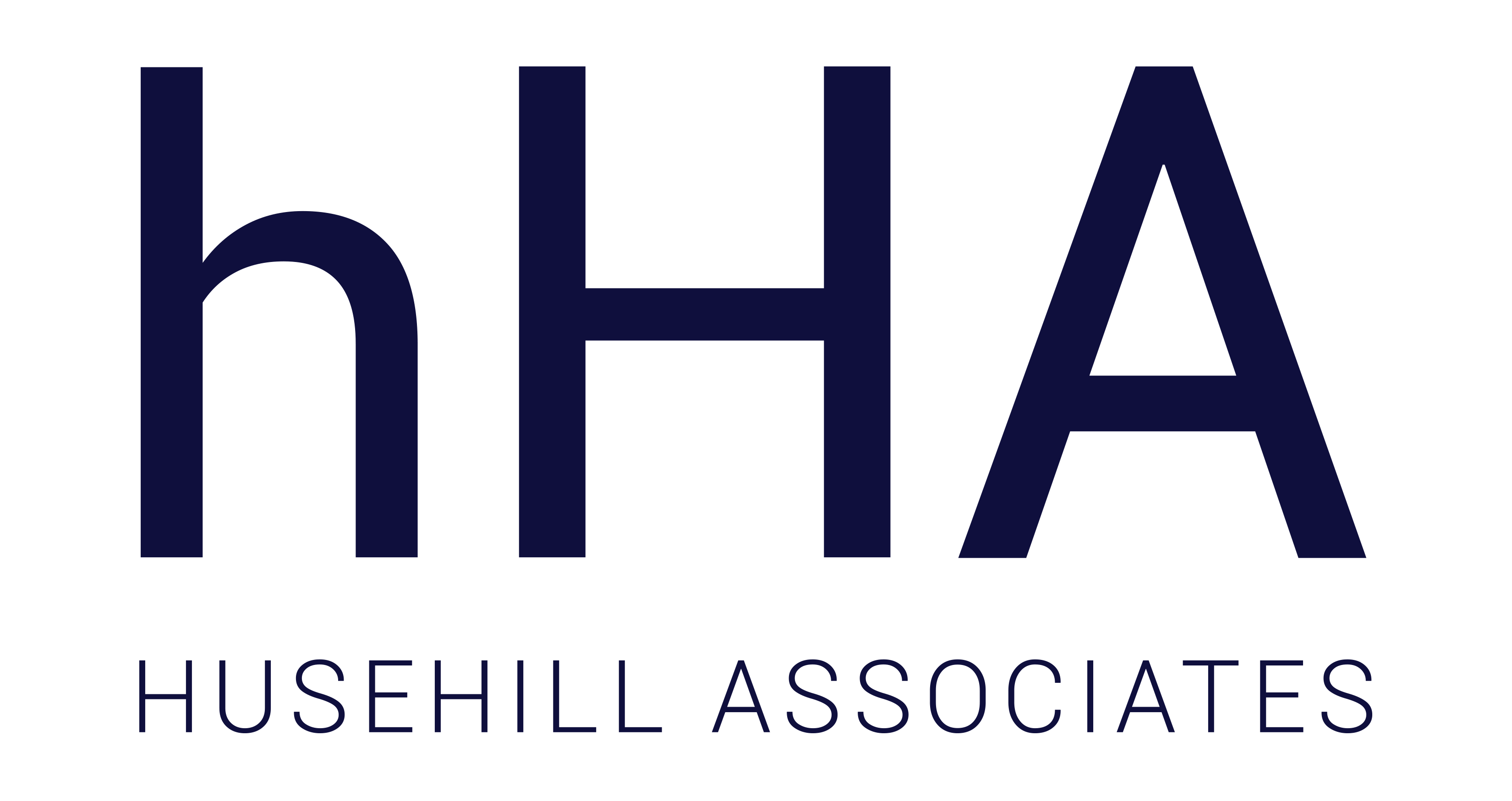Post Statistics
This post has 1128 words.
This post has 6567 characters.
This post will take about 5 minute(s) to read.

Over the Christmas/New Years break, I built and sold some chicken houses. Here’s how this became a microcosm of starting up and running an enterprise.
Last year, a neighbour was doing some work on his house and he had a lot of timber left over that he used for temporary flooring while setting concrete. Afterwards, he didn’t need it and asked me if I wanted to take it off his hands. I jumped at the chance thinking I could use it for cladding for my garage. However, after I gathered it all up and brought it around, I saw NOT FOR CONSTRUCTION stamped on each of the panels. Now what was I going to do?
I slept on the problem for a few nights, thinking I would probably end up using it for firewood or something.
The mind is divided into the conscious and the subconscious. The conscious mind is used for taking care of the right now, actively dealing with whatever is happening at this moment. The subconscious mind is where we store memories (by far the largest part of our mind) is also where we do our thinking.
The way we solve problems is to collect the data we need and stop consciously thinking about it, allowing our subconscious to do the heavy number-crunching and data-manipulation in the background. Solutions are especially likely to present themselves during REM sleep, when our imaginations are unrestricted by budgets or even gravity. When an idea pops into our head, we then use our conscious brain to check its validity against known data and our past experience.
Our ability to come up with solutions is the most important asset we bring to our work. There is no quicker way to sabotage the process than by loading up our sub-conscious with tasks it does not need to do, such as asking it to remember endless details we don’t need to remember at all. When systematically we clear our memory banks of distracting details, we free up our capacity for thinking.
Consider that the most brilliant among us are often characterised as being absent-minded, away with the fairies, or some other euphemism for being so preoccupied that they barely function. Yet their achievements show what our minds can do when they’re uncluttered by day-to-day routine details.
In my book Revolutionise The Way You Work, I show you how you can make your mind work for you by emptying your mind from remembering by writing everything down and reviewing at the end of each day so that your subconscious mind is left to dream and work away in the background on solutions.
Years ago, I used to have chickens on my property. The chicken house I had was built with tantalised timber. Tanalising is a process where the timber is immersed in preservative made from copper, chrome and arsenic and then pressurised to extend the life of the wood by decades. However, the chemicals used can also be harmful for people which is why it’s never used for interior cladding, kids” playgrounds or hand-rails, anywhere where it comes in contact with human skin. Unfortunately, I lost the chickens I had due to the toxicity of the tantalised timber used to make that coop. The timber I had now acquired, however, was chemical-free plywood. There would be no harmful effects if I was to build something similar now.
I slept on it and sure enough, my subconscious ticked over, taking an existing problem and exploring into my past memories for a solution. I could make some chicken houses out of the chemical-free plywood. There was definitely more than enough for 2, 3, maybe even 4 coops. Then I would chuck it up on Trade Me and see what I could get for them.
I used to work in a trade in a previous life, so I pulled out all my old tools and set about drawing up designs for 2.4m by 1.2m by 2m chook house. With the industry recommendation of 7 hens per square metre, this chook house would be more than enough to house that many in luxury. There were other supplies to purchase and install for the chicken houses: Zintec roof, water trough, galvanised mesh for the windows, catches for the doors and Timbacryl paint to prevent rot and insects.
I started in mid-December, and the first prototype took me well into February to finish. In between work, Christmas and New Years, it took me a while to complete it, measuring out the right dimensions and fitting them together. Once I had finished, I painted them a soothing green.
I put the first one up on Trade Me at what I thought was a reasonable price, and initially there weren’t many bites until a friend pointed out there was no sense of scaling. Without reading the dimensions, it could be as high as your waist for all people knew. So, I posted up another image with my son-in-law standing next to it so that people could get a sense of the size. Having done that helped justified the premium price I was asking for, as the chook house was now seen as bigger than people first thought.
The first one, the prototype, I sold to a farmer who worked at the largest orchard down in the Hawkes Bay, who was pretty happy at seeing how well-constructed it was.
The 2nd one I sold to a family who have it at the back of their luxury home in a well-to-do suburb.
The last two sold quickly at auction. With each interaction, there was a conversation where I got to know them, addressed their concerns, helped them with the transit of the chicken houses. Using many of the same tools I teach in my programmes.
So, from this very small enterprise, there are lessons that every business can relate and learn from:
- Always be on the look-out for new opportunities.
- Take raw materials and think outside the box to use what you have.
- Make sure your prototypes/plans/pilots done right. Take as much time you need.
- Communication is essential. Without communicating the scaling, people would have assumed I was asking an extravagant price for something much smaller. Once I communicated the scale, they felt justified paying a higher price.
- Customer interaction. Learn to get alongside your customer and align yourself with them so that you can manage objections and address their concerns.
- Inside every cloud there’s a silver lining… or in this case, a chook house.



